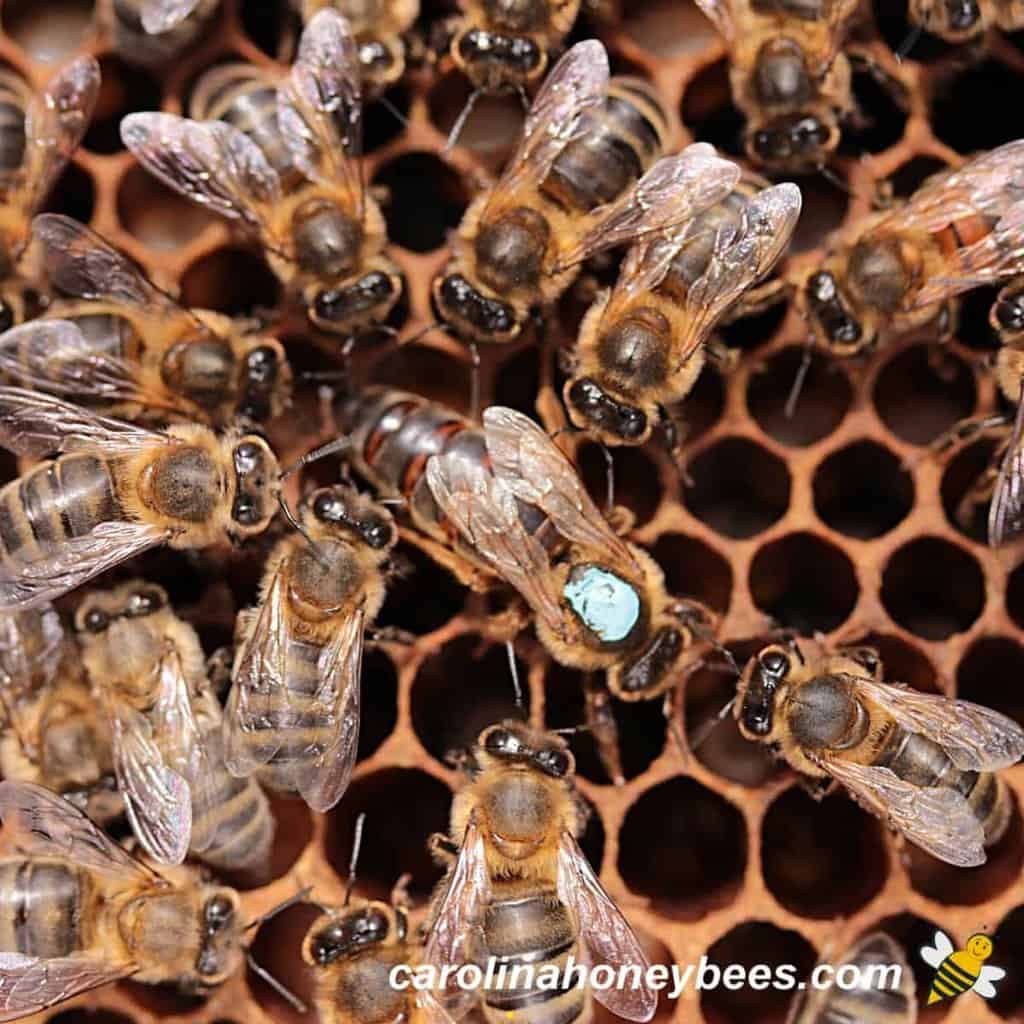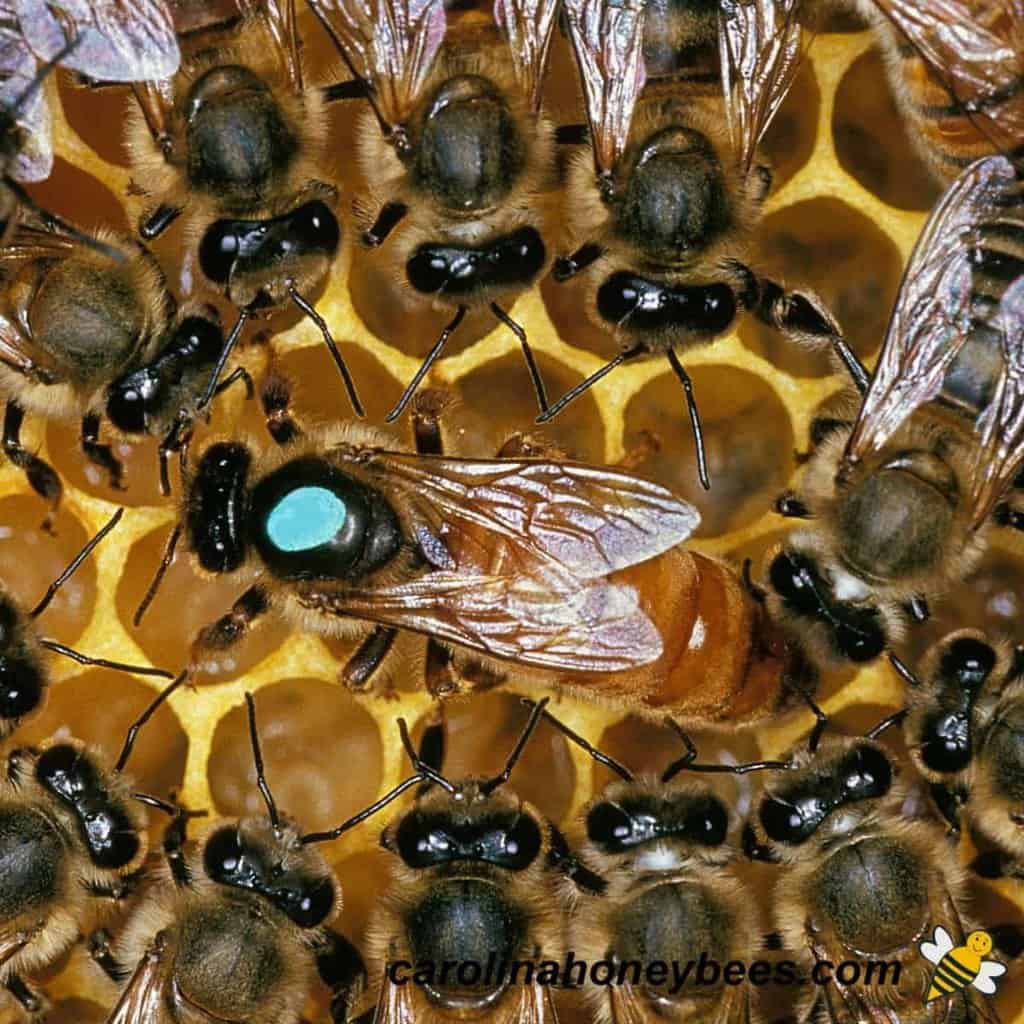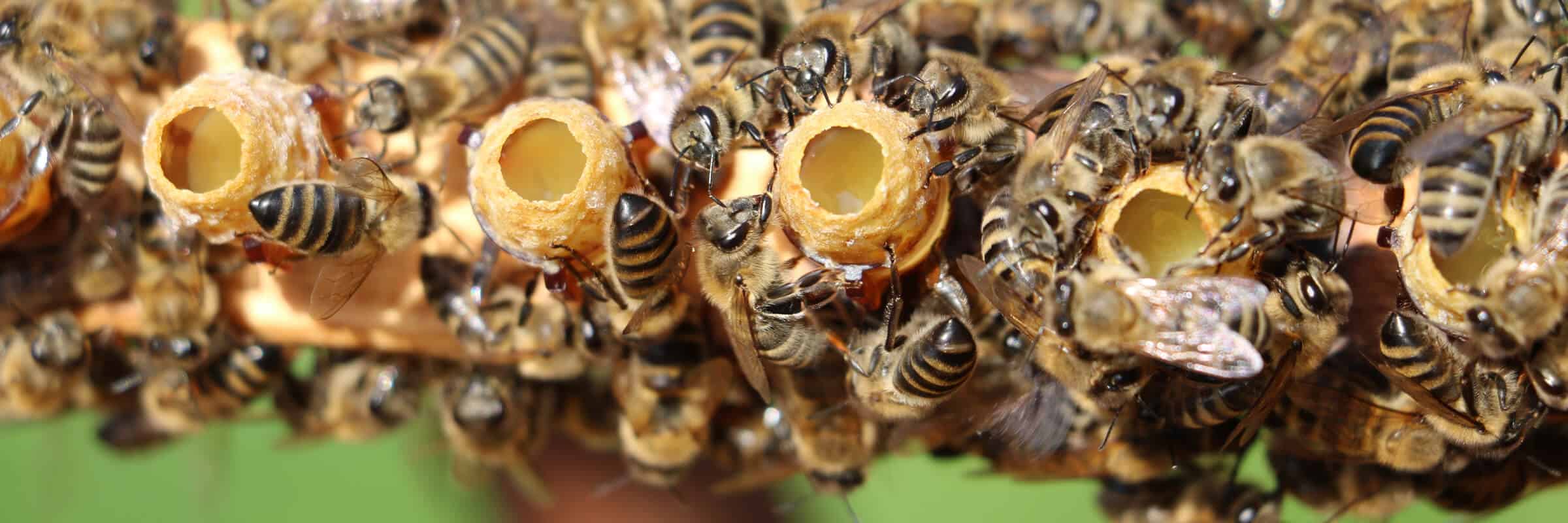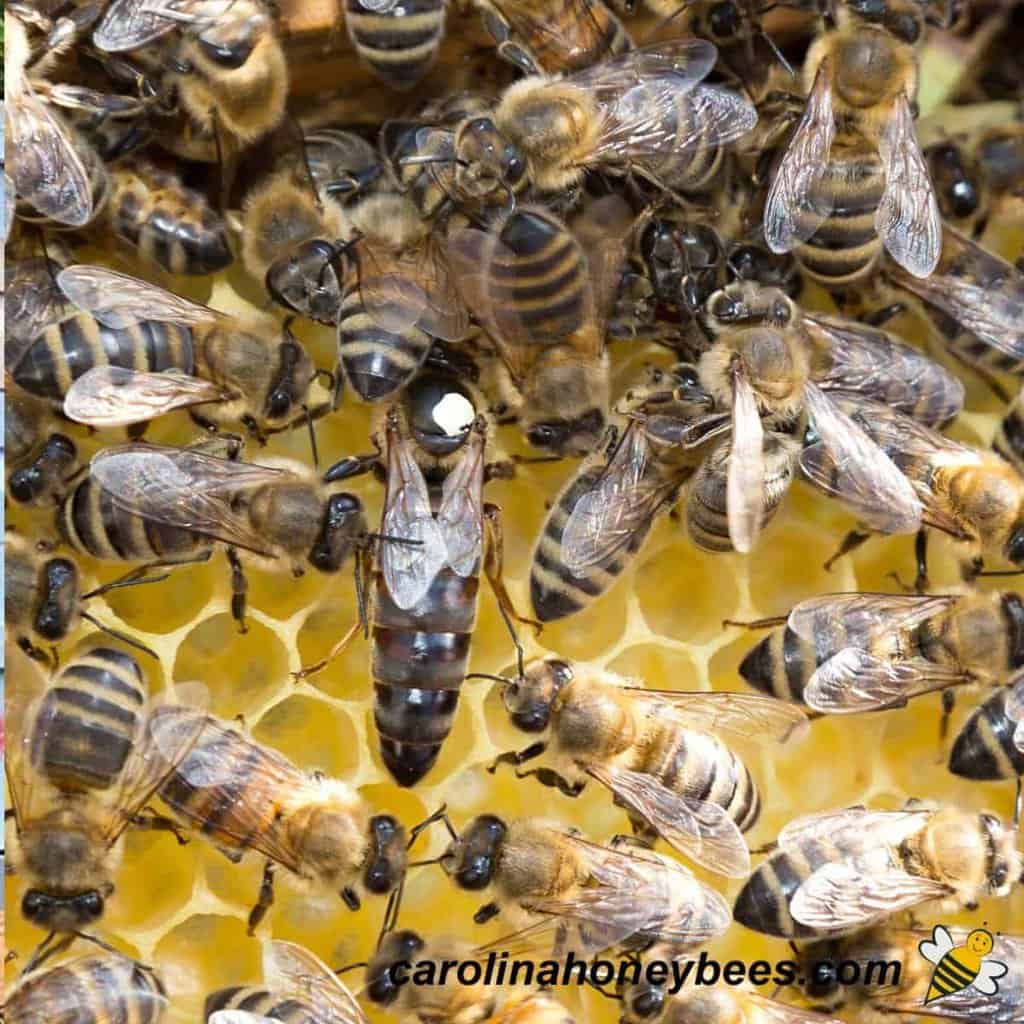The success of any beekeeper is largely dependent on the health and productivity of the hive, and one of the most important components to achieving this is having a healthy, young queen bee. Queen bees, who are the only reproductive female in a colony, play a vital role in the success of a beekeeper in terms of producing honey, wax, and pollinating crops. As such, a young queen bee is essential for the overall health and productivity of the hive. By understanding how to properly introduce and maintain a young queen bee, beekeepers can ensure that their colonies are thriving and producing a bounty of honey.
Benefits of a Young Queen Bee

Productivity
A young queen bee is far more productive than an older queen bee. This is due to the fact that a young queen bee has more energy to manage the colony’s resources and keep them in balance. In addition, a young queen bee has the ability to produce more eggs, allowing the colony to increase its population quickly.
Genetics
Since a young queen bee is able to produce more eggs, she is also able to transmit her genetic traits to the offspring. This means that the offspring will be healthier, stronger and better adapted to the environment than the offspring of an older queen bee.
Resilience
The young queen bee is also more resilient than the normal bee. She is able to withstand environmental changes and stresses better, which is important for the survival of the colony. In addition, a young queen bee has a longer lifespan than a normal bee, which means that she can keep the colony running for a longer period of time.
Overall, a young queen bee is far more beneficial compared to a normal bee, making her the key to successful beekeeping.
Queen Bee vs Normal Bee

Size
Queen bees are larger than normal bees. The queen bee is typically twice the size of a worker bee. This is because she has to lay eggs, which requires a larger body.
Longevity
Queen bees are also known to live longer than worker bees. Queen bees can live up to five years, while worker bees usually die after a few months.
Reproduction
Queen bees are the only bees that can reproduce. They are responsible for laying eggs, which will become worker bees. Without a queen bee, a colony of bees cannot survive.
Management of a Young Queen Bee

Selection
A young queen bee should be chosen carefully, considering her age and health. She should be between 6 and 10 weeks old and free from diseases.
Feeding
The new queen bee should be fed royal jelly regularly to ensure her health and facilitate her development.
Housing
A young queen bee should be housed in a well-ventilated hive. The hive should be kept clean and free from pests and predators.
Challenges with a Young Queen Bee
Disease
A young queen bee is more susceptible to diseases than an older one, due to her weaker immune system. The most common disease affecting young queens is American Foulbrood, which is caused by a bacteria that destroys the larva. Regular monitoring of the hive is essential in order to detect the disease early and to take preventive measures.
Parasites
The most common parasites that affect queen bees are Varroa mites. These mites feed on the queen’s blood, weakening her and reducing her ability to lay eggs. The best way to prevent Varroa infestations is to use screened bottom boards, which allow the mites to fall through the mesh.
Predators
Young queen bees are vulnerable to predators, such as skunks and raccoons. The best way to protect the hive is to use an entrance reducer, which limits the size of the opening and prevents larger animals from entering.
Frequently Asked Questions
What Equipment is Necessary for Successful Beekeeping?
Beekeeping requires a few specific pieces of equipment. This includes a protective suit and veil, smokers, hive tools, and beehives. Protective suits and veils are essential for keeping beekeepers safe from stings. Smokers are used to calm the bees and prevent them from becoming agitated. Hive tools are used for inspecting, repairing, and harvesting honey. Lastly, beehives provide the bees with a safe and comfortable home. With the proper equipment and a young queen bee, beekeepers can enjoy successful and rewarding beekeeping.
How do I Ensure My Bees Remain Healthy?
Providing the right environment for your bees is essential for keeping them healthy. Ensure your hive is placed in a well-ventilated area with access to plenty of water and food. Monitor your hive regularly to identify any potential threats from disease or pests. Provide your bees with the necessary treatments and nutrition they need to stay healthy, such as using a sugar syrup or protein supplement. Keep the hive clean of debris and pests, and provide adequate insulation during cold periods. Finally, ensure you have a young and healthy queen bee at the center of your hive to ensure the continued health of your colony.
Is there a Certain Age Range for Successful Queen Bee Production?
Queen bees require a certain age for successful production. Queens should be between 3 and 6 weeks old for ideal production. Younger queens are more affordable but may not have the same level of fertility as older queens. Queens should also be mated to a drone within the first two weeks after emergence to ensure successful production.
How do I find the right queen bee for my colony?
Research: Before purchasing a queen bee, it is important to research the available queen bee options. Consider the local climate and beekeeping conditions, as well as the desired characteristics of the queen bee, such as mite resistance, honey production, and disease resistance.
Reputable Breeders: It is important to purchase a queen bee from a reputable breeder. Ask for recommendations from experienced beekeepers or contact beekeeping associations for advice.
Inspection: Look for signs of a healthy queen bee, such as a well-shaped body and a bright yellow color. Also, look for signs of disease, such as mites or other parasites.
Age: Look for a young queen bee, as this will ensure a longer lifespan and greater productivity.
Price: Consider the price of the queen bee, as this will be an important factor in determining the budget for the beekeeping project.
Delivery: It is important to ensure that the queen bee is delivered in a timely manner, as the colony will need to be established quickly in order to be successful.
What Steps Should I Take to Protect My Colony from Pests and Diseases?
The key to successful beekeeping is to protect your colony from pests and diseases. Here are some steps you can take:
- Inspection: Inspect your hives regularly, as soon as possible after hive installation and monthly thereafter, to detect any signs of pests and diseases.
Monitoring: Monitor your hives closely for any changes in bee behavior and hive conditions.
Hygiene: Practice good hygiene when handling hives and equipment, including the use of protective clothing and disinfectants.
Treatment: Use approved treatments for pests and diseases, such as mite and wax moth control, if needed.
Isolation: Isolate any infected colonies from healthy colonies, as well as from other beekeepers.
Education: Educate yourself about pests and diseases and the best methods for preventing and controlling them.
Conclusion
Beekeeping can be a rewarding experience, but it is important to have a successful queen bee at the center of the hive. Young queen bees are known to be more productive and better adapted to their environment than older queens. They are also able to produce more offspring, allowing for increased population growth. It is important for beekeepers to make sure their hives have a strong and healthy queen bee in order to ensure the success of their beekeeping endeavors.
